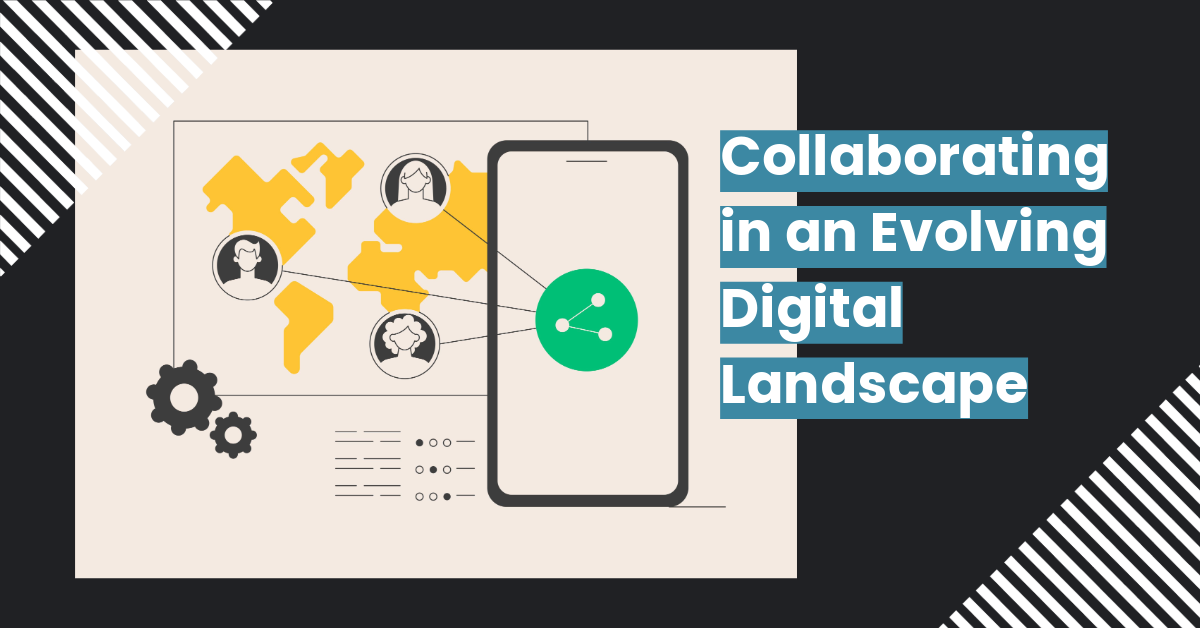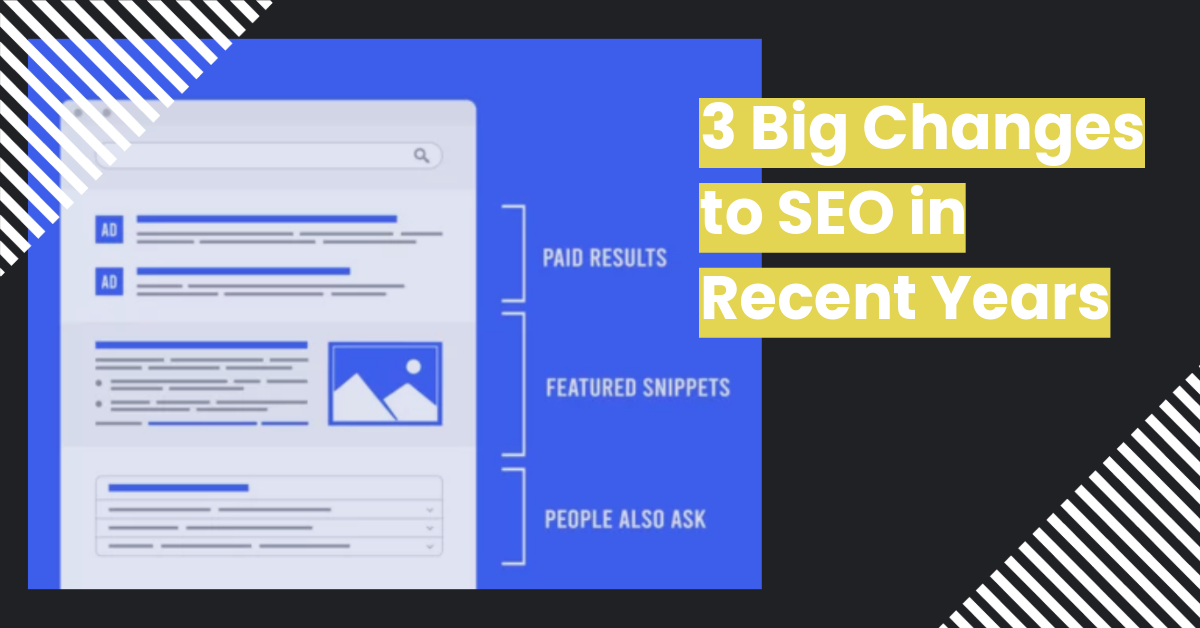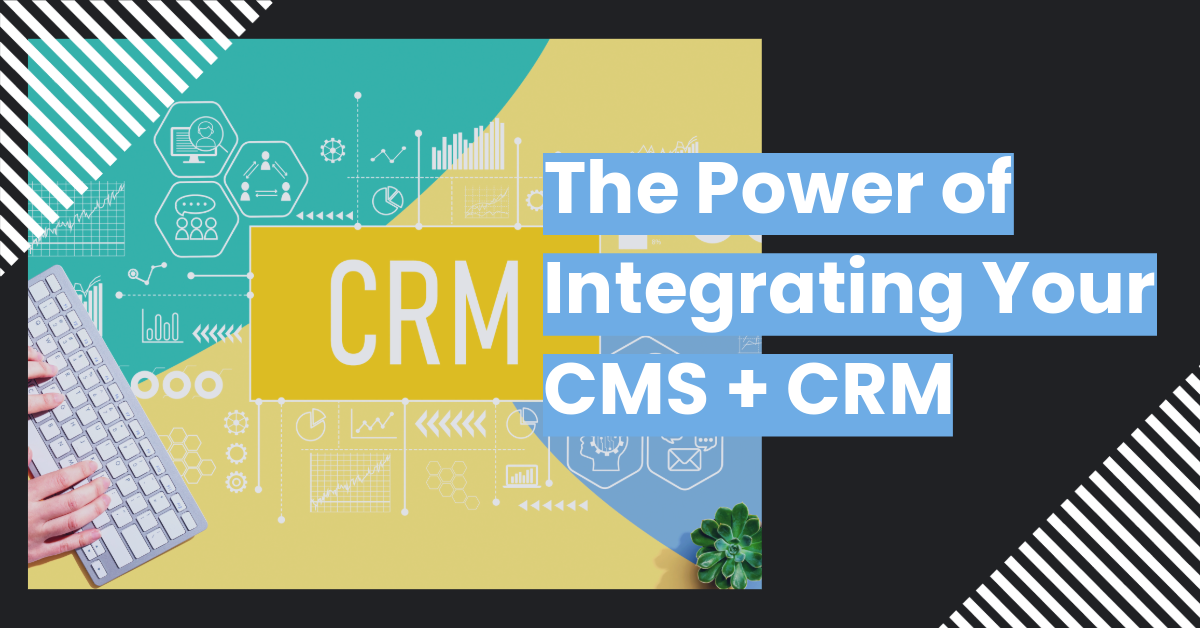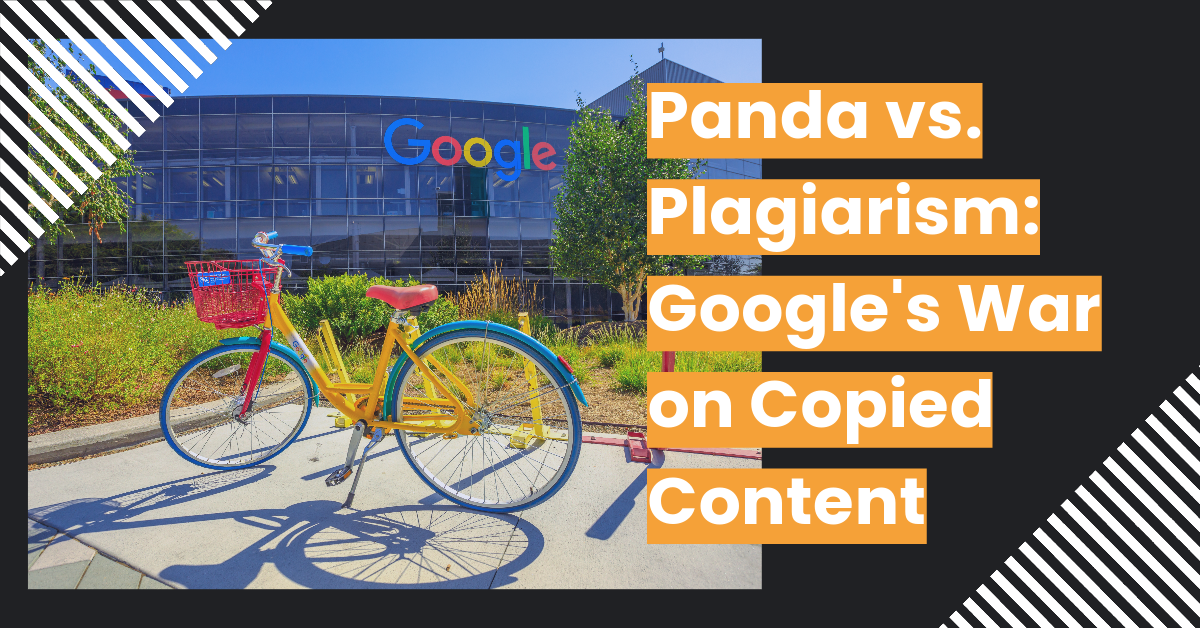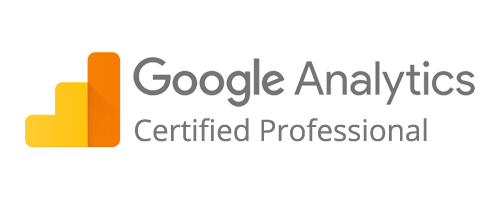Physical Remains and Digital Travels | N U A N C E Collaborative
Candid Thoughts + Some Tips for a Transatlantic Digital Business

Forth Road Bridge, Edinburgh, Scotland
It's a year this month since I moved myself and my two felines back to the U.K after being resident in the U.S for 8 + years. I'm listening to music as I write this, on a train up to visit my Mother in Scotland. I love taking the train from London rather than flying; it makes for a more relaxing travel experience. You can get quite a bit of work done while enjoying the view—better for the environment all round as opposed to flying, really.
I can feel the moment I’m back in Scotland. l wonder if my soul—or more scientifically, is there is any weight to my body recognizing I'm in the magnetic fields where l grew up? I also start feeling more relaxed, creative and looser. Does our body and soul have a memory of those things? l care to wager they do as I'm hugging the coast in this high-speed train.
Travel, new sights and points of view can be very inspirational and rewarding. Running a digital business affords me the opportunity to travel more often. WiFi is nice, but not necessary, as some of my work can be done offline. Technology, progress, and indeed the marriage of technological tools and traditional methodology have always been of great fascination to me. In fact, when studying my honors degree in design, the title of my dissertation was "Craft in the Landscape of New & Emerging Landscape of New Technologies."
Embracing and incorporating technology into my physical or digital work has always played a constant beat. More and more, we as a race are developing tacit and haptic knowledge (however scary the progress can seem on the ride). As we dive deeper into AI and automation (which I recently heard publicized as a "4th Industrial Revolution"), I feel it's important to remind ourselves that technology can be adopted or not, and to the degree that suits a specific need. It's a choice, just like choosing your mode of travel. Something that is faster is not always better, but using a tool to save time has always been a factor in human progress—and if that allows more time for original art, design or whatever floats your boat, then that's precious.
The following are some tips and hacks that have helped me captain the NUANCE COLLABORATIVE.
Digital Hacks and Software Solutions for Managing a Thriving Digital Agency Abroad
The digital landscape has revolutionized the way businesses operate, and digital agencies are at the forefront of this transformation. Whether you are an established business expanding overseas or a startup with global ambitions, managing a digital agency abroad comes with unique challenges. Thankfully, there is an array of digital hacks and software solutions that can streamline operations, enhance productivity, and ensure success in a transatlantic or multiple foreign markets.
Project Management Tools
Collaboration and coordination are the lifelines of any agency, especially when operating internationally. Utilizing project management tools like Asana, Trello, or Monday.com can facilitate seamless communication between team members regardless of their location. These platforms enable the assignment of tasks, setting deadlines, tracking progress, and managing overall project workflows, ensuring that everyone is on the same page, regardless of time zones.
Time Zone Management Apps
Overcoming time zone differences is crucial for a successful global business. Time zone management apps like World Clock Meeting Planner or Timezone.io can help schedule meetings and coordinate work hours effectively. These tools enable your team to visualize the time overlaps and find the most suitable meeting times for everyone involved.
Cloud-Based Collaboration Tools
Efficient collaboration is essential in a digital organization that spans borders. Cloud-based tools like Google Workspace (formerly G Suite) or Microsoft 365 provide a suite of applications that allow real-time document editing, file sharing, and seamless communication. These platforms ensure that your team can collaborate effortlessly, even when they are miles apart, and literally be on the same page for editing (which saves any confusion with draft content). Adobe Creative Cloud also provides useful cloud based collaboration tools and management of your projects, and assets, such as graphics and stock photography. Most contemporary agency-focused CMS website builders offer team collaboration as well, along with the ability for commentary to be placed right on an area of a site design or section of copy to be edited (that won't appear on the live published site). Online platforms like Miro or Figma also offer great features for visualizing a project, providing great templates and project management charts and tools to collaborate with, and can also be used to drop or embed spreadsheets from a Google Workspace or collated images.
Video Conferencing Software + International Calls
Video conferencing software like Zoom, Microsoft Teams, or Google Meet is invaluable for international team meetings, client presentations, and virtual conferences. With advanced features such as screen sharing, breakout rooms, and chat functions, these tools offer an immersive virtual meeting experience that fosters engagement and teamwork. Google Voice is an inexpensive way to retain a foreign phone number you may have had for the business; you can make and receive calls on your cell/mobile phone or via your computer or lap-top (providing you have a built in speaker and internet connection of course). I often find making a quick call rather than scheduling a formal meeting can keep communications flowing in the right direction.
Multilingual Project Management Platforms
When operating a digital agency abroad, language barriers can be a significant challenge. You might consider using multilingual project management platforms like Wrike or Crowdin, which provide translation and localization capabilities. These platforms make it easier to manage projects that involve clients and team members from different linguistic backgrounds.
Social Media Management Tools
Social media management tools such as Hootsuite or Buffer allow you to schedule posts, manage multiple social media accounts, and analyze performance metrics. These tools streamline the social media management process, even when dealing with clients from different time zones. If your team weighs heavy into the organic SEO side of digital work, SEMrush can handle scheduled posts in various time zones, as well as all of the SEM, SEO and other analytical tools you need for website management and automated client facing reports.
Invoicing and Payment Software
Managing finances can be tricky when dealing with international clients and currencies. Invoicing and payment software like QuickBooks or FreshBooks simplify the billing process, generate professional invoices, and offer secure payment gateways for international transactions. Wise can also be a useful tool for making international transfers or payments also.
Automation and Integration Tools for Digital Agencies
When handling multiple client projects, campaigns, and tasks simultaneously, it's essential to adopt the right automation and integration tools. These tools streamline workflows, increase productivity, and enhance collaboration among team members. By leveraging these tools, your agency can leave more time for the high-level creative and strategic tasks that are best handled by humans. Below are 5 of my favorites:
Zapier
Zapier is a powerful automation tool that connects over 3,000 web applications. It enables its users to create "Zaps," which are automated workflows between different apps. For example, you can set up a Zap to automatically create a new task in your project management tool whenever a client submits a form on your website. Zapier reduces manual data entry, saving time and minimizing the risk of human error.
SEMrush
SEMrush is an all-in-one SEO and digital marketing tool. It provides keyword research, competitive analysis, backlink tracking, and more. Automation features in SEMrush streamline SEO workflows, making it easier to identify opportunities and optimize websites effectively.
Trello
Trello is a popular project management tool that uses boards, lists, and cards to help teams manage tasks effectively. Digital agencies can create boards for each client or project, list tasks as cards, and assign team members. Trello's integration with other tools like Google Drive or Dropbox enables seamless file sharing and updates. Trello also has a built-in integration with SEMrush, so site dev tasks can be sent straight to a project card.
Google Data Studio
For data-driven agencies, Google Data Studio is a game-changer. It allows you to create interactive and customizable reports by pulling data from various sources, such as Google Analytics, Google Ads, and social media platforms. Automation options in Data Studio give you the ability to schedule regular report updates and share them with clients automatically.
Miro
With Miro's real-time collaboration features, geographically dispersed teams can collaborate effortlessly, iterating on automation strategies in real-time. This fosters innovation and encourages cross-functional cooperation. Miro's impact on automation extends beyond just saving time and effort; it encourages creativity, ideation, and continuous improvement, making it an indispensable asset for any organization seeking to stay competitive in an increasingly automated world.
TLDR
Operating a digital agency abroad can be a rewarding and challenging experience. By leveraging the right digital hacks and software solutions, you can overcome geographical barriers and manage your global operations efficiently. From project management and collaboration tools to time zone management and multilingual platforms, the software options available today empower you and your team to work seamlessly, regardless of their location. Stay innovative, embrace technology, and adapt to the ever-evolving digital landscape.
P.S In my next blog, I'll be writing about some things to consider when either traveling or moving abroad, specifically from the U.K to the U.S and vice versa.




